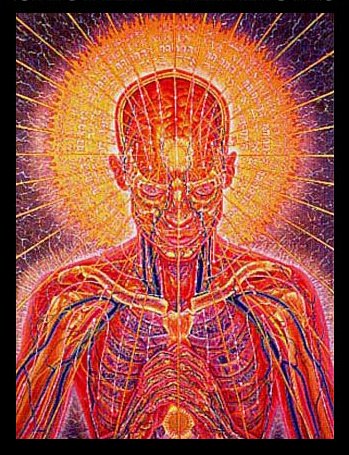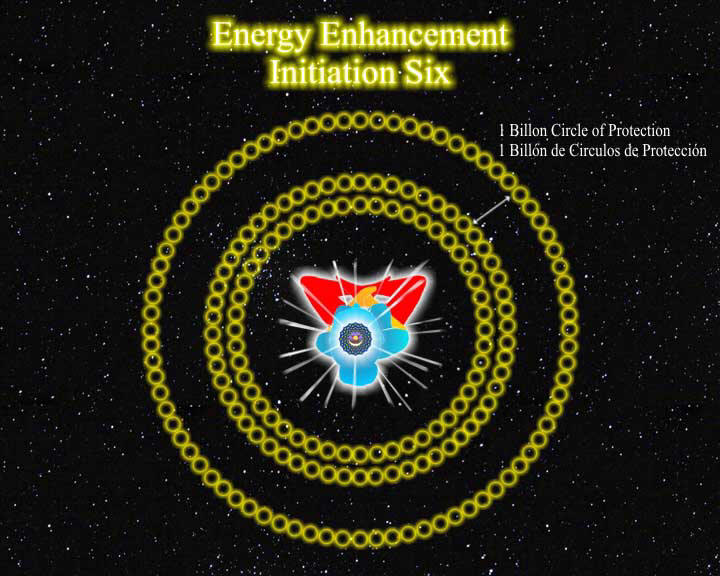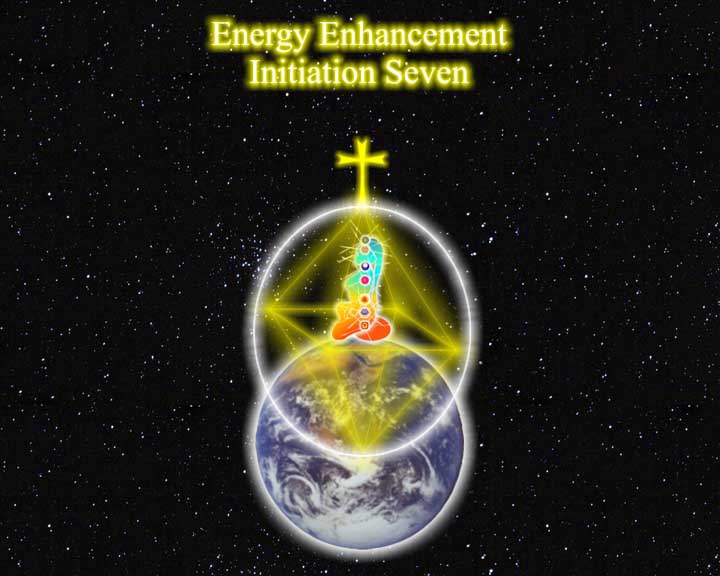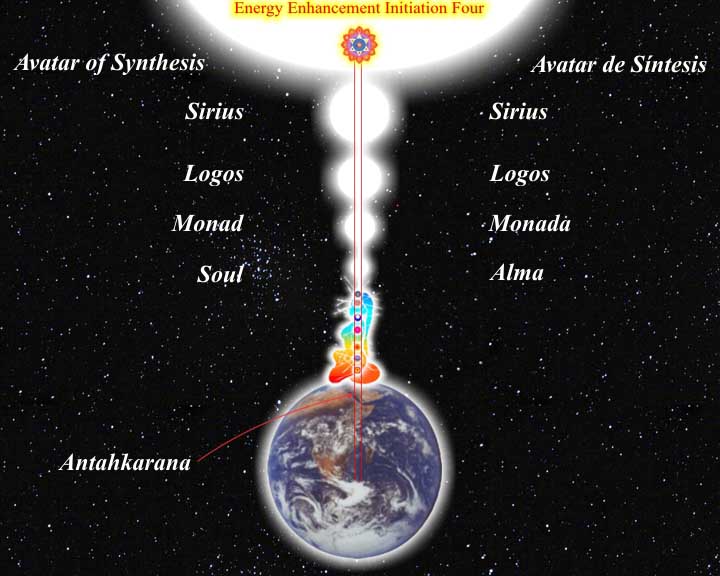ANXIETY
Anxiety refers to a complex combination of negative emotions that includes fear, apprehension and worry, and is often accompanied by physical sensations such as palpitations, nausea, chest pain and/or shortness of breath.
Anxiety is often described as having cognitive, somatic, emotional and behavioral components (Seligman, Walker & Rosenhan, 2001).
- The cognitive component entails expectation of a diffuse and uncertain danger.
- Somatically the body prepares the organism to deal with threat (known as an emergency reaction); blood pressure and heart rate are increased, sweating is increased, bloodflow to the major muscle groups is increased, and immune and digestive system functions are inhibited.
- Externally, somatic signs of anxiety may include pale skin, sweating, trembling and pupillary dilation.
- Emotionally, anxiety causes a sense of dread or panic, nausea and chills.
- Behaviorally, both voluntary and involuntary behaviors may arise directed at escaping or avoiding the source of anxiety.
These behaviors are frequent and often maladaptive, being most extreme in anxiety disorders.
However, anxiety is not always pathological or maladaptive: it is a common emotion along with fear, anger, sadness and happiness, and it has a very important function in relation to survival.
Neural circuitry involving the amygdala and hippocampus is thought to underlie anxiety (Rosen & Schulkin, 1998). When confronted with unpleasant and potentially harmful stimuli such as foul odors or tastes, PET-scans show increased bloodflow in the amygdala (Zald & Pardo, 1997; Zald, Hagen & Pardo, 2002). In these studies, the participants also reported moderate anxiety. This might indicate that anxiety is a protective mechanism designed to prevent the organism from engaging in potentially harmful behaviors such as feeding on rotten food.
A chronically recurring case of anxiety that has a serious effect on a person's life may be clinically diagnosed as an anxiety disorder. The most common are generalized anxiety disorder, panic disorder, social anxiety disorder, phobias, obsessive-compulsive disorder, and posttraumatic stress disorder (PTSD).




